Following the announcement of the Sony a7R III, I had the chance to use the new a7-series flagship mirrorless camera for an evening of studio shooting. Here are my first impressions on handling, Pixel Shift Multi Shooting, the much improved autofocusing system, and 10 fps continuous shooting.
If you need a refresher on all that’s new with the a7R III, check out the announcement linked above first. Here I’m just going to dive in to the shooting experience aspect.
Handling
The a7R III introduces some features we’ve seen on the a9 camera released earlier this year such as a Multi Selector joystick, a fuller grip housing a bigger battery, the touchscreen for adjusting focal point, a squishy video recording button, dual card slots, and an AF-On button.
The Multi Selector is for many people a big upgrade over the previous directional pad, and to me it’s a great way to choose focus points or to move around a full-sized photo in image playback. For navigating the menu system, I prefer the old directional pad; Up button goes up, left button goes left, but with a Multi Selector this is less accurate and I end up sometimes wasting time moving in directions I didn’t intend to go.
Another way the a7R III lets a user move around in image playback or choosing autofocus points is with the touchscreen. This feature has made its way to a few different Sony cameras already, but I don’t recall ever using it beyond checking it out once when I first set up these cameras. I imagine if I did video, this would be a more important tool to have, but for stills I’m perfectly fine with the Multi Selector getting the job done. In my short experiences, the touchscreen operation also has an undesirable lag between sliding your finger across it and seeing the changes being made in the viewfinder. The Multi Selector has always felt snappier and more precise in its movements.
Inside the larger grip of the a7R III there’s now the new NP-FZ100 battery being used. This battery has 2.2 times the capacity of the NP-FW50 batteries used in the a7R II. For starters, I’ve never really cared much about the whole battery issue outcry of Sony Alpha mirrorless cameras. It’s always been a fair exchange in my opinion: I get to use a camera with a shooting experience better than DSLRs, and I pay up with battery life to do so. Of course, having more longevity is a definite plus and highly encouraged, but it’s not like it’s ever been a make or break situation in using a more advanced camera system. Anyways, with the a7R III, using it in a fairly aggressive manner for review purposes I got it down to about 30 percent battery in a few hours of shooting stills and much of that time using burst capture and SteadyShot activated. From experience, I know I would be on my second battery if this was the a7R II; probably my third battery if the a7R II was performing in the way the a7R III can. The optional $348 battery grip can be used for housing two batteries together, plus adding another shutter button and Multi Selector for vertical shooting.
Pixel Shift Multi Shooting
The all-new (for Sony) Pixel Shift Multi Shooting makes it way first to the a7R III. This mode produces an extra-high-detail image by shooting four independent raw stills and then combining them together in post. Between each of these stills, the camera sensor moves in one pixel increments so that the averaging of RGB pixels becomes more accurate, therefore the outputted single raw file gains more precision in fine detail and color accuracy. Below is a video from Sony that shows how this feature works which might be easier to understand than having it described.
I can’t speak to the results of using this mode as the new Sony software for combining Pixel Shift Multi Shooting raw images, Imaging Edge, is unreleased. However, I can talk a bit about the operating the function itself.
Via default menu system, a custom My Menu add-on, or customized physical button, there is now a Pixel Shift Multi Shooting mode that can be toggled either off or on with configurable timer options of 1, 2, 4, 5, 10, 15, or 30 seconds between each of the four frames. But why? Why would anyone want a pre-set timing of anything other than the minimum when any movement between frames will ruin the effect? The Sony people that I asked didn’t seem to know why those options existed either. In my opinion, there should only be two options: the shortest possible time they can do and a manual trigger mode. Having a manual trigger mode would be helpful for windy conditions where you can wait it out and fire, probably from a remote, when the wind calms (fun fact: wind doesn’t settle every 4, 5, 15, or 30 seconds on the dot) or when there are objects moving in and out of frame such as people or cars.
Also, what’s the deal with one second being the minimum? In our initial briefing, we were told the minimum was 0.5 seconds, only for that to turn out not true I got my hands on the a7R III. That would have been a little better, but doesn’t the sensor have to move around much faster than that for in-body SteadyShot image stabilization? I don’t understand what difference there is between that and this. Pentax doesn’t seem to have an issue with their K-1 camera which does pixel shift shooting near instantaneously. It’s unfortunate that Sony entered the pixel shift game late and is still not on par with what the others already have been offering with this feature for years.
Twice as Fast Eye AF, Low-Light Autofocus
Sony has taken what it’s learned from making the a9 and applied it to the a7R III’s autofocusing. These aren’t identical autofocus systems spec for spec, but the bridge between the a7 series and the a9 has shrunk considerably.
For the hands-on test shoots, I photographed both models working through the motions of posing as well as dancers going and going with non-stop movement. Most of this time, I was purely using Eye AF tracking. It is just phenomenal what the improved Eye AF is capable of. The first generation was an interesting proof of concept and a very useful way to make sure the most important part of your frame is in focus when shooting portraiture. This new Eye AF with double the speed has now elevated that concept and nails it for even fast moving action. There is no noticeable difference to me between the regular face tracking, a much larger point to find and focus to, and Eye AF.
I didn’t have very much time for shooting anything in what would be considered true low light conditions, but the little time I had with that I could see autofocus wasn’t slowing down or beginning to hunt as the sunset waned outdoors. This is something I look forward to testing more soon.
10 fps Continuous Shooting
Sony has made a big improvement to the a7R continuous shooting mode. Previously, the a7R II could only do 5 fps for up to 24 JPEG images. Now we have 10 fps for up to 87 compressed raw files and/or JPEGs, or 28 uncompressed raw files, with the a7R III. I didn’t time it with a stopwatch, but I can confirm it’s about as fast as one would probably need for practical application. I found the a9 to be overkill in that area while punching it at 20 fps, so to me it’s great news that the a7R III can still hit that useful sweet spot and cost a couple grand less. It was also fast enough that the studio lights being triggered with a transmitter on my camera certainly could not keep up.
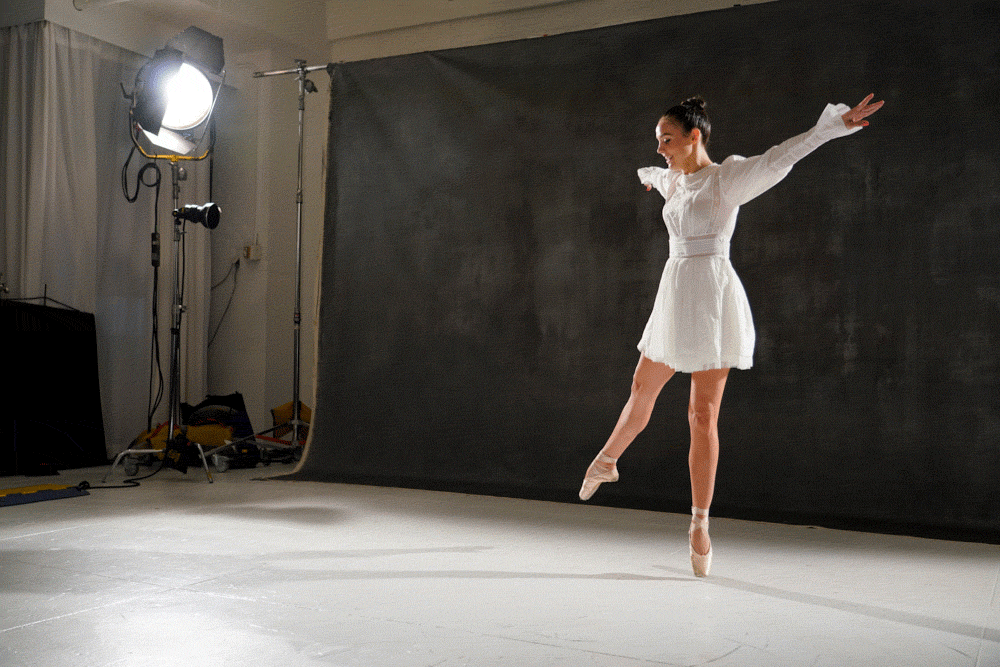
10 fps continuous shooting
Clearing the buffer has always been a strain with Sony mirrorless cameras, and with 42-megapixel images coming in large quantities faster, this may be cause for alarm. Luckily it’s only mildly annoying with the a7R III. The buffer is very real, but it does clear decently quick and absolutely way faster than the a7R II did. More options than before are now available while the images being written to the card, such as playback and the Fn menu. In Sony’s press release they also tout that the menu is now accessible while writing to the card, and while technically that’s true, it sure did seem like most of the options themselves inside the menu were grayed out and temporarily inaccessible.
Image Quality
I’m hesitant to jump in on claiming anything in the area of image quality as my raw files are patiently waiting most likely until December before they see the light of day and can be read in Capture One Pro. What I’m wishing to see is greater latitude in pushing and pulling images with minimal artifacts, lower noise at higher ISOs, and finer detail resolution. Remember that this is the same sensor that was used in the a7R II, but at the same time everything around it down to the circuitry has been updated.
The Sony a7R III is priced at $3,198 and is available now for preordering with shipments beginning on November 30.
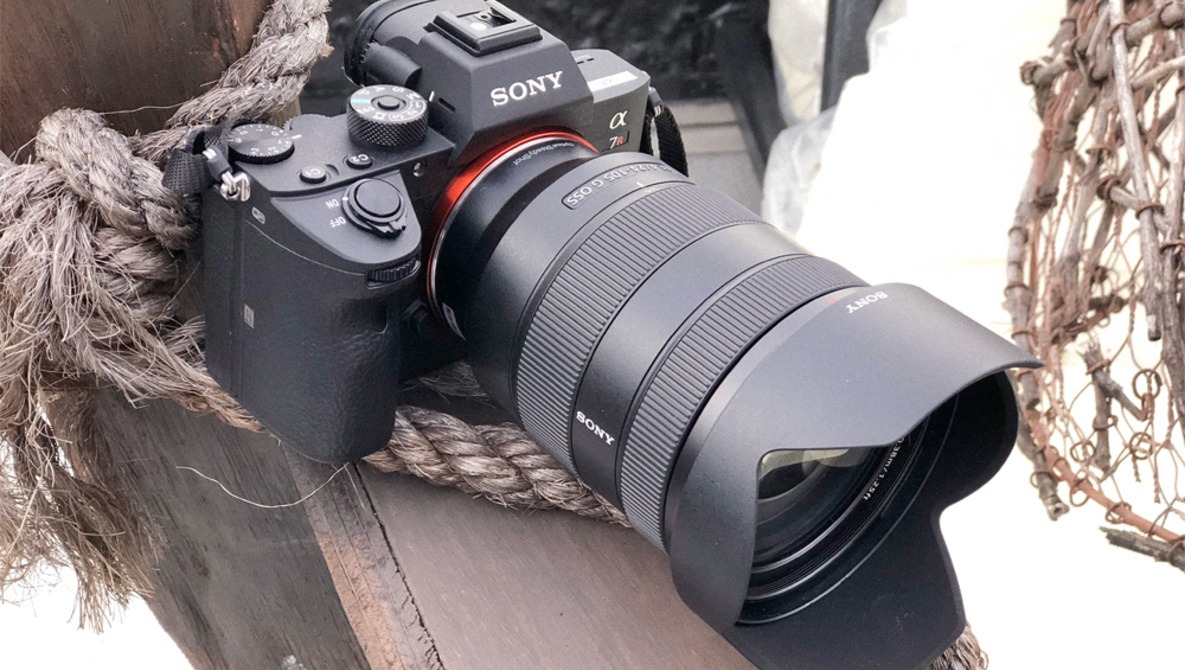
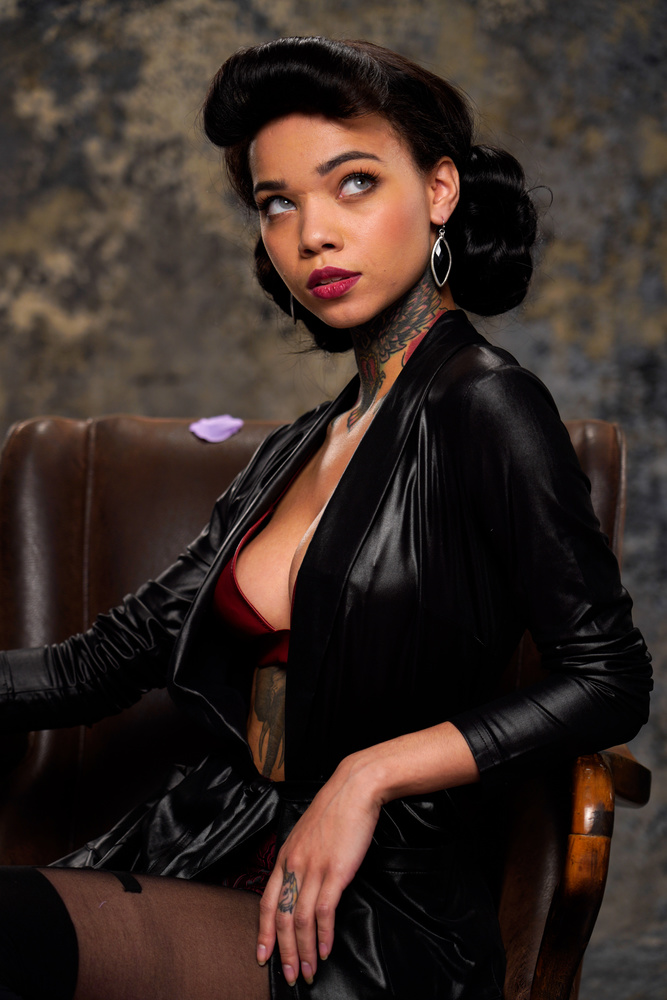






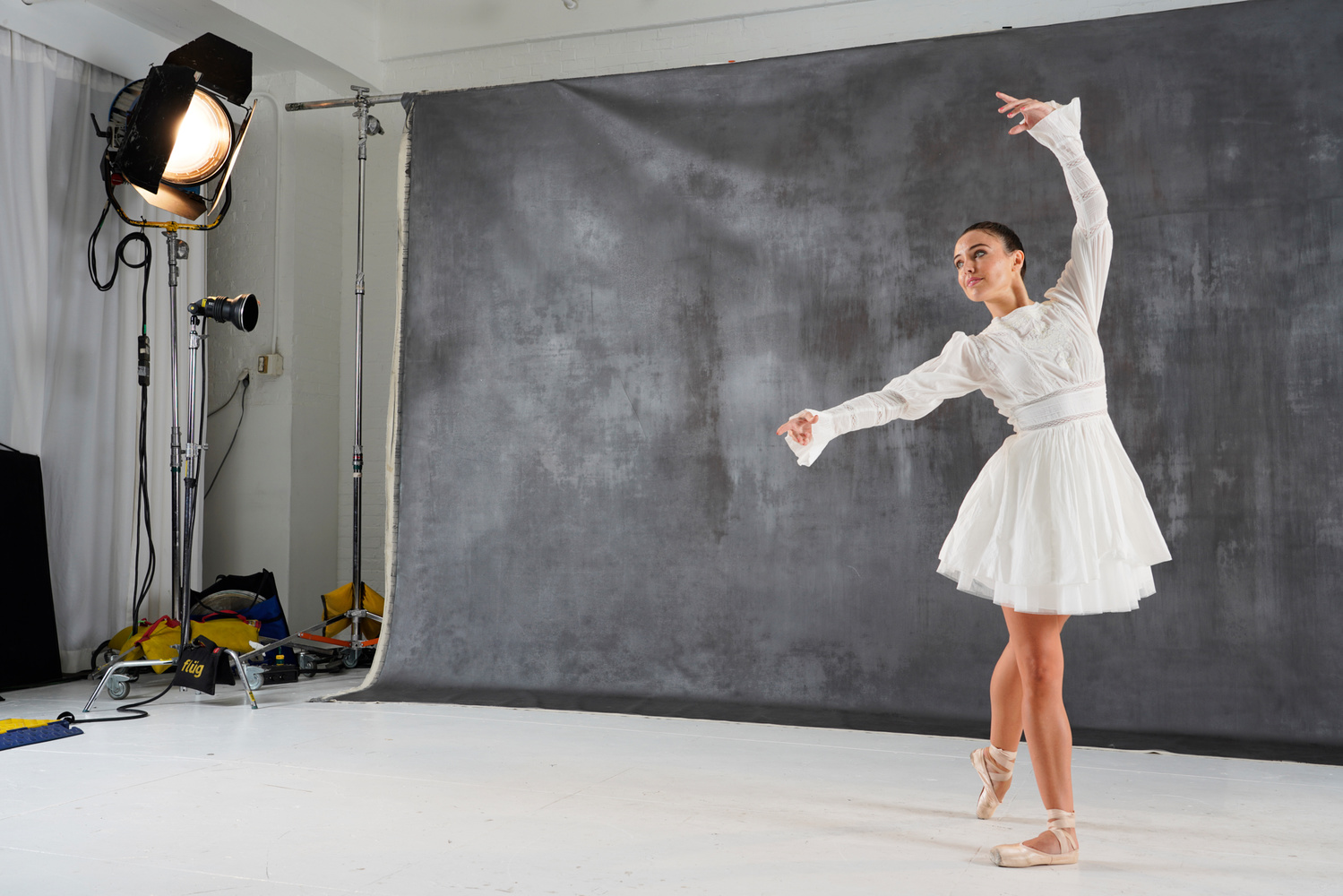
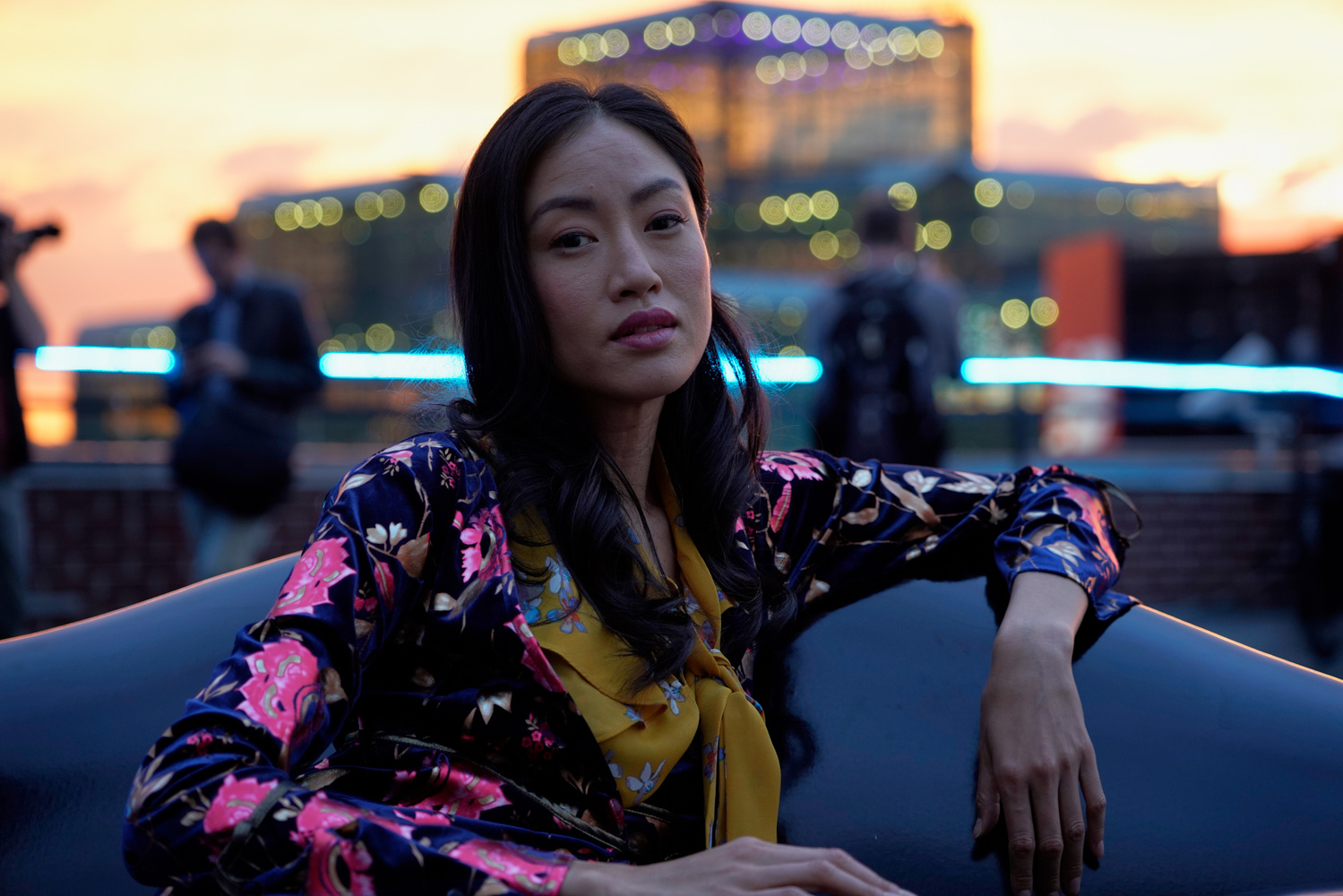









Thanks for sharing your insights, Ryan. One of the few articles I've read thus far online that provides first-hand insights instead of just paraphrasing Sony's marketing.
Thanks, Ben!
RYAN. A couples of things.
- the reason for offering options for seconds between the pixel shift shots is, when you use flash, it will require a certain amount of time between loads. This is not a given option in other pixel shift camera so we are very happy about the news.
- you said: “It’s unfortunate that Sony entered the pixel shift game late and is still not on par with what the others already have been offering with this feature for years.”
I don’t think you should say that yet. Have you used the software Sony just announced? No you didn’t. Before you go through the experience of pixel shift and stitching your images, you shouldn’t come up with that kind of a conclusion. I know what you feel but take it easy on that detail.
- you also mentioned, that a7rIII costs a couple grand less than A9. How did that happened? $4500 - $3198 ???
- Flash with pixel shift? Huh?
- I was referring to it taking forever between shots.
- Without look I was figuring $3,000 versus $5,000, but you’re right, that should be revised.
Would strobe not work with pixel shift?
I didn't try, but I don't see why not seeing as how this must be the reason for the lengthy delay timers.
I can imagine it must be a tidious process to write perfect articles where no internet angries like us :) to not catch on to details.
:)
olympus cameras can have flash with pixel shifting since the em5-mark 2, which were their first with it!!
Sometimes i feel this site forgets olympus is a camera brand, which is leading in most of these technologies, and all the credits go to other cameras
all the awesome features on the sony cameras debuted first on olympus, like the awesome weathersealing, 5 axis estabilization in sensor with 5,5 stops of stabilization, live bulb live time, using the screen to move focus point, 60 fps shooting with eletronic sensor, and i know they didnt debut pixel shifting technology, but they have it in there cameras for at least 3 years..the only thing setting them behind is the sensor being 4/3 and not a fullframe like sony.
Like everything new i see in terms of tech in photography world i see first on them, like the pro capture mode where the camera starts to take photos before you press the shutter button, making it a awesome feature for wildlife photography.
how come you dont see anything remarkable from them,
I'd imagine that the guys at Sony were expecting Pixel Shift to be used by studio still life shooters whose lights would need to recycle. Otherwise I'd agree the delay doesn't make sense. You ought to be able to rapid fire it as you do with auto bracketed shots.
First world problems: bought a $3,000 camera, still have a flash that takes 30 seconds to recycle.
OMG. Get a clue.
Pixel shift with flash in the studio, for high quality, has been around since the 90's from companies like Leaf, Sinar and Hasselblad.
A studio pack like a Broncolor or Profoto can take up to 3 seconds to recycle when putting out 3200WS (shorter at lower power) so the options are not unreasonable.
Really if you don't know what you are talking about, perhaps just don't.
Ok, ok. Relax, buddy. After Mike Stern’s comment I learned a useful purpose for it. I really don’t care what camera companies were doing in the 90s. I asked a Sony employee who asked other Sony employees about the pixel shift timing, none of them knew its purpose. I asked a few other photographers, none of them knew its purpose. I tried my best to learn more about it but got nowhere. But are you really replying to my joking comment about a THIRTY SECOND delay with a three second example in full seriousness? Come on, man. Let’s just hug it out.
They varied from 6mp (Leaf CantareXY) to 11mp (Sinar 43) to 16mp (Sinar 44) to 22mp (Sinar 54H), right on through to the current Hasselblad 200MS.
I realise Ryan may have been kidding, but when you are writing these types of articles, is that really appropriate, or should you actually do proper research and know what you are talking about. Just saying'.
I just get frustrated with so much of the "reporting" on sites like these done by children who don't know any better and then get pissy when you call them on it.
Perhaps a bit harsh, but people have told me I can be a dick like that.
Those people are correct in their assessment of you
Being aware of the problem is the first step.
Sadly, hiring much experienced people like you costs too much for "publisher" today. same as photo industries. many company prefer grab cheap mediocre photos from photostock. and it's no problem for both company and customers. just cutting stupid fee for "specialist". it's the triumph of internet age.
Don't know 30 seconds is too long. But it seems to pixel shift tend to be used with flash for studio shooting.
E-shutter will synchronized with 1/13 with pixel shift.
here is the report from japanese pro photographer who had attended private viewing in tokyo.
https://translate.google.com/translate?hl=en&sl=auto&tl=en&u=http%3A%2F%...
Even the best strobes perform better with longer time in between higher power output I am guessing. Firing a Strobe at full power 4 times with in ten seconds may have a higher "color shift" than if you wait for everything to cool down.
A bit grotesque that all the people who were at the event come back with the same pictures from pre-production cameras and are already making reviews instead of simple hand's on. (not aiming at this article)
The cameras are production. The firmware is technically preproduction < v1.0. Here I tried to just retell what I actually saw in use, and also maybe some more general thoughts on the features and their place. I'll have a more review-oriented article around its ship date. Thanks for reading.
I need this now! Anyone want to lend me $3,198? :)
You hear that digging noise? That's the sound of canon getting buried.
Then in a years time,we'll be saying "You hear that digging noise? That's the sound of Sony/Nikon getting buried (by Canon)!
And that coming from a guy about to sell all his Canon gear (maybe!).
I think it's difficult to pin down an exact date and single reason that Canon became thought of as being "behind".
Chris. You made me laugh a big time.
Canon has the biggest name. But only for those who don’t wanna see what’s actually happening out there and maybe for those who can be just perfectly happy with what they have. I respect that.
But for all others like us who read and explore the new each day, who hang out here on websites and blogs know what has been really happening.
A wise man once said "Thanks to the internet,people can be very well informed and completely wrong at the same time".
(The above is intended as humour and not a dig or insult at anyone).
I'm a Canon guy too Chris - I'm not looking over the fence from Nikon or Sony and laughing. I'm looking at Sony and Nikon with longing.
Continuing the fence metaphor,Canon is still well and truly on the same side of it as I'm on,but I can see some tantalisingly nice Panasonics just over the other side of it.But no matter how hard I look,I just can't seem to see any Sony cameras over any of the fences visible from here.
I switched from Canon to Panasonic.
No regrets, just more fun :)
It helped that selling a used canon lens paid for a new panasonic body + lens.
Sony would probably be the better end game but it also costs full frame money.
I have enough Canon lenses and a good 80D body to sell to finance all the new Panasonic kit,it's not a case of if but when.
Sony optical equipment of any kind has never even been an option for me,for the same reasons I'd never own any Apple equipment.
Don't worry Canon faithful. They've hinted at possibly, maybe putting out a comparable product to the a7rII or III...sometime towards the end of next year.
Sony is coming for the throne Cercei..I mean Canon.
All they need to do is offer full width 4K and I'll be happy. It is such a small thing, but they can't seem to do it.
It's a bit sad really. Canon have some great lenses and I still think they are more reliable than Sony but Sony just keeps rolling out great cameras and not holding back features. Kudos to Sony really for shaking up the market.
Not saying Sony isn't without it's faults, in fact they have a lot that people seem to plain ignore. But Canon's conservative strategy has been costing them dearly. It's hard to get excited about a new Canon camera anymore as it's always just more of the same.
Have you ever seen the sidelines at a major sporting event or taken a look at photojournalists around DC? 98% Canon and Nikon. And the reason is not because they haven't heard about Sony yet.
I agree, for sports, journalism and any other genre where quantity is important, canon still has a place.
Nice update with some needed improvements. I'm probably going to get the new iPhone 10. I can be a monkey.
Thanks for the review Ryan. I shoot the A7RII and will be upgrading to the III. I think the improvments you outlined is worth the difference in price of a trade in. I switched from Canon to Sony two years ago and have been impressed with Sony. Where Canon takes 4 years for a legacy upgrade Sony does it every year.
After nearly 3 years with several A7Rii/Sii bodies this is a welcome upgrade which came as a surprise to me given the nearly same price as the original MK2 bodies and not the bloated A9 cost. My preorder is - you guys can duke it out about which brand is burring other brands and how pixel shift is this and that... I'm just happy to play with a camera that has been great to me for a long time but now with a bunch of meaningful updates - all in time for the holidays ;)
In my experience, Sony always makes it very known when a new model being released is not going to supplant the current model (a6300/a6500 for example). With the a7R III, they didn't say anything to that, so I agree it's good to see they are also taking over that same original price point of the last generation that's being replaced as well.
Ryan how fast is the magnification of the image when you are checking the photos you've shot? I found it incredibly slow on the A7RII, one of the few reasons I didn't do a complete switch to Sony system (I already use several Sony mirrorless cameras for video)
Good question. Do you mean time between pressing the magnification button and seeing it enlarged, or the speed at which you can move around the full-sized image after it's been enlarged? I can say that while I don't exactly remember the actual delay time from my hands-on time, that also means it wasn't frustrating enough for me to make note of. However, I'll be happy to test this further for you in the coming weeks and let you know in my next writeup.
I would imagine a delay between PS shots could also be useful for long exposures of things like Star Trails where you'd want the benefit for foreground noise reduction and sharpness, as well as strobe use.